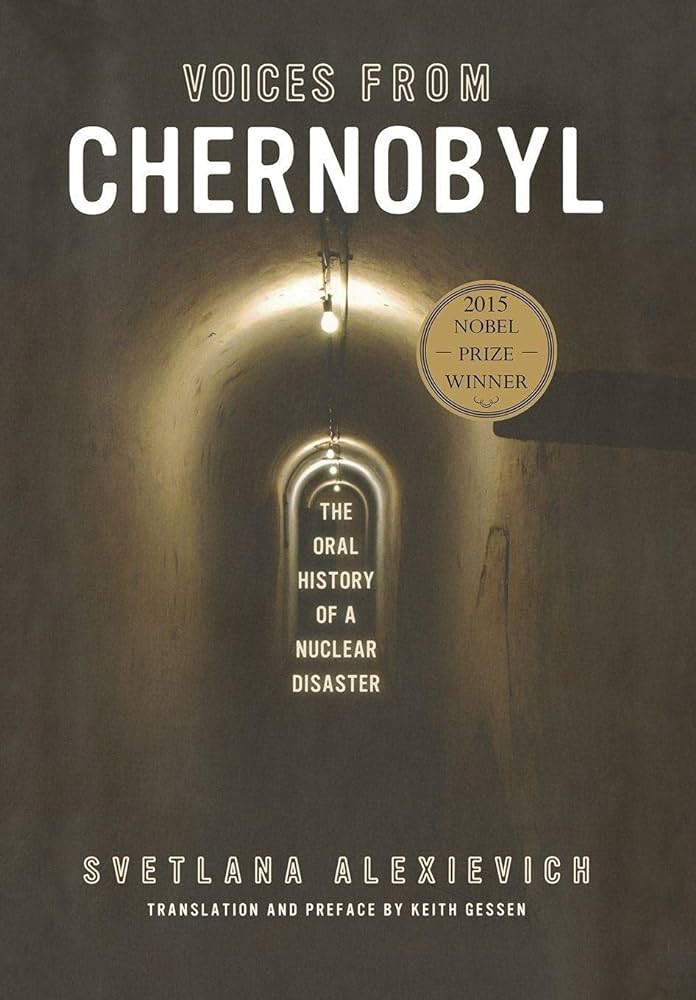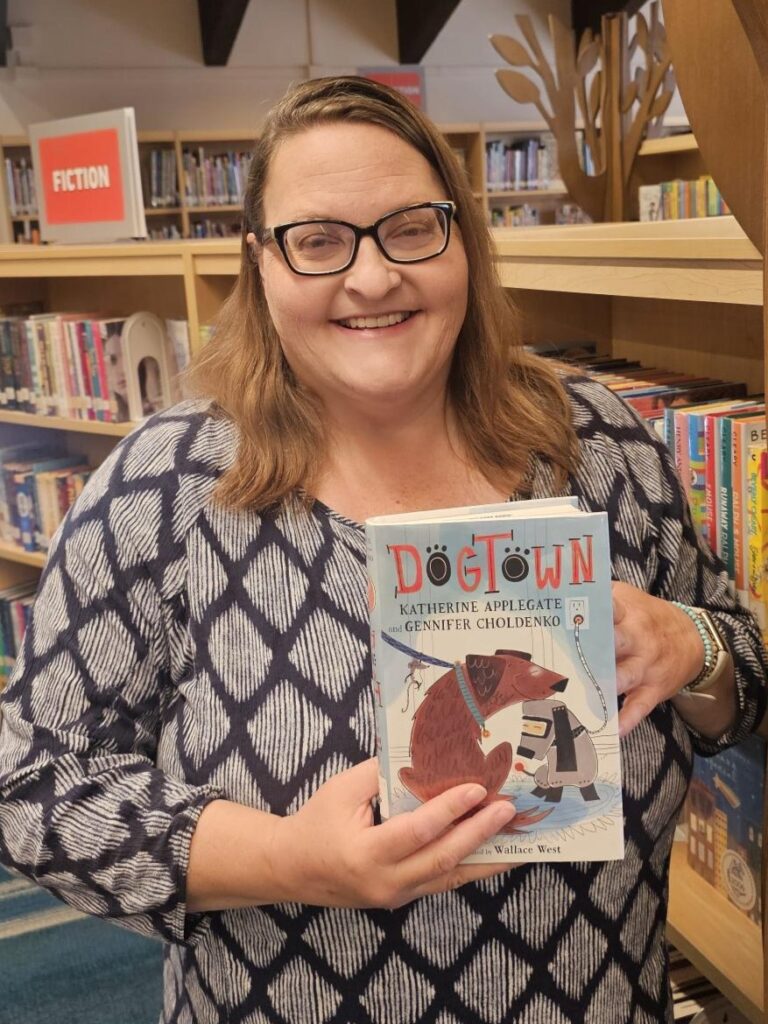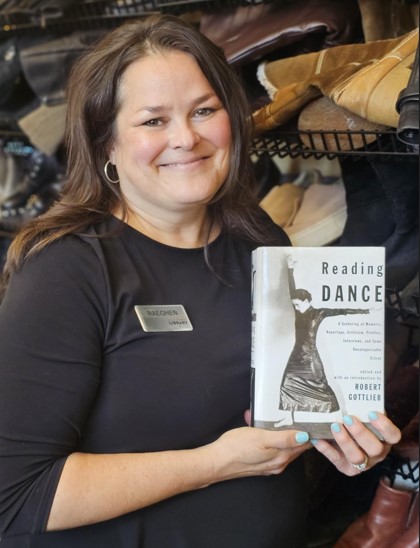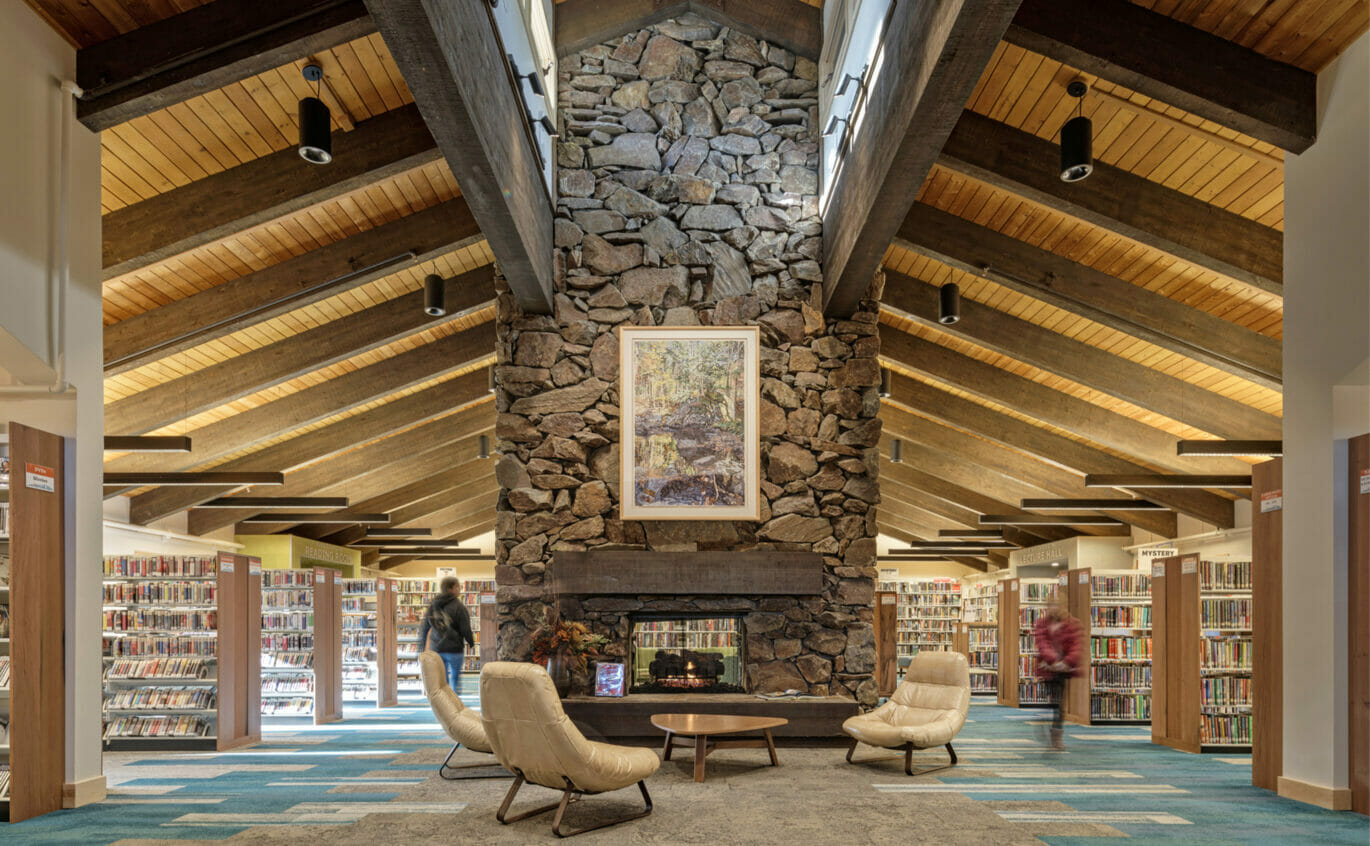Philanthropy Associate Ann Sandefer recommends Intruder in the Dust by William Faulkner.
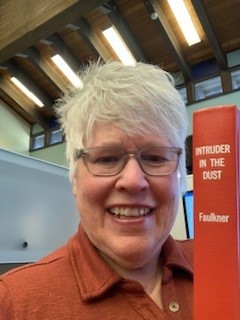
This novel focuses on Lucas Beauchamp, a Black farmer who is a respectable and independent Black man, accused of murdering a white man in Mississippi. It is Faulkner’s response as a Southern writer to the racial problems facing the south.
Lucas is exonerated through the efforts of Black and white teenagers, the town lawyer, and a spinster from a long-established Southern family.
The book, which was published in 1948, was also made into a film in 1949 to speak about the ugly past of Southern America.
The book is written with long sentences fitting all over the place. The dialogue did move the story along with many passages focusing on the topic, a book about crime and race in the American South. I did find the book to be unsettling yet compelling and immersive. I found myself not being able to put the book aside, as the story of a murder against a white man during a time when racial tensions meant that a Black man was considered guilty until proven innocent drew me into the plot.
This is a gripping whodunit story with a social conscience that remains relevant and thought provoking…
…an engrossing, thrilling story of courage, passion, and compassion even through the lens of today’s world. If you like Faulkner and his fictional writing of Southern literature, you may want to explore Intruder in the Dust.
